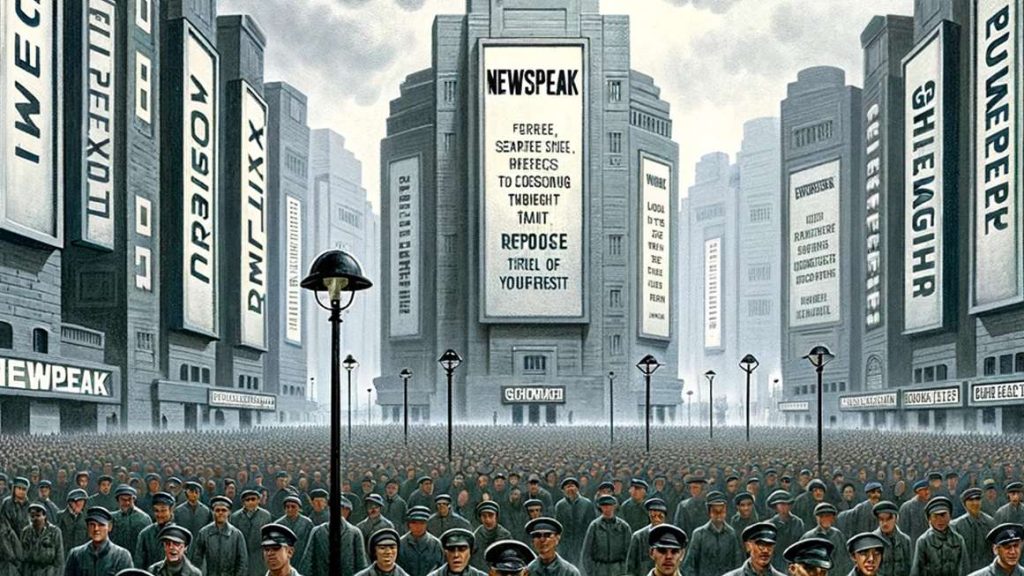Joanna Andreasson/DALL-E4
Will AI kill the five-paragraph essay? To find out, I asked my ninth grade English teacher.
The five-paragraph essay is a mainstay of high school writing instruction, designed to teach students how to compose a simple thesis and defend it in a methodical, easily graded package. It’s literature analysis at its most basic, and most rigid, level.
A typical five-paragraph essay asks students to pick a simple thesis, usually from a list of prompts, and compose a short introductory paragraph, followed by three paragraphs each laying out a different piece of supporting evidence, followed by a final paragraph—usually beginning, “In conclusion….”
Critics argue this assignment kills student creativity and turns writing into an exercise in pure drudgery. I tend to agree, remembering my time spent composing five-paragraph essays as soul-rending—forcing me to focus on sticking to a formula and a restrictive prompt rather than actually analyzing the books I was reading.
But the sudden ubiquity of large language models such as ChatGPT threatens to upend this status quo.
“I am *shocked* by how good OpenAI’s new chat” is, University of Toronto professor Kevin Bryan tweeted after the first release of ChatGPT. “You can no longer give take-home exams/homework.”
To test this hypothesis, I sat down in front of ChatGPT and gave it a classic freshman-year English prompt: “Please write me an approximately 500-word, five-paragraph essay discussing the role of Newspeak in controlling the people of Oceania in George Orwell’s novel, 1984. Please use MLA formatting and include 1–2 quotes per paragraph.”
In response, it spit out an—ahem—six-paragraph, 588-word essay.
“In George Orwell’s dystopian novel ‘1984,’ the ruling Party of Oceania employs Newspeak as a potent tool for controlling the thoughts and behaviors of its citizens,” the essay begins. “Newspeak, a language designed to limit freedom of expression and thought, serves as a mechanism for the Party to maintain its authoritarian rule and suppress dissent. Through the manipulation of language, the Party effectively restricts the ability of individuals to articulate dissenting ideas, ultimately consolidating its power over the population.“
And then I sent it to my ninth grade English teacher.
Corey Craft taught English at the Alabama School of Fine Arts for nine years and now serves as an instructor in the school’s creative writing department. A decade ago, I first read 1984 for his class.
“I’d give this essay a mid-level B—an 85,” he told me. “Is the content OK? Sure. It’s a little surface-level…but it gets the major points right.”
Yet he also noted the essay’s impressive vocabulary—phrases such as “linguistic manipulation” and “reshape historical narratives“—would sound some alarm bells. “There are words and concepts used in this paper that I would find suspicious coming from the average ninth grader,” Craft added.
ChatGPT also made another glaring fumble—producing a six-paragraph essay, despite my multiple attempts to rephrase the prompt so it would stick to just five paragraphs.
While the typical ninth grade cheater might not be clever enough to fix these mistakes—Craft says he sometimes sees plagiarism where students have copy-pasted text without changing the font or text color—it’s only a matter of time before tools such as ChatGPT work out these kinks.
Much to the chagrin of the five-paragraph essay’s harshest critics, myself included, it doesn’t look like ChatGPT will spell the end of the assignment. While five-paragraph essays are achingly dull, they do serve a simple purpose—they match the median student’s ability level, even if it means leaving behind the significant minority of kids who can barely read by eighth grade and infuriating a small cohort of nerds who end up getting degrees in Renaissance literature.
There simply isn’t an obvious alternative to the five-paragraph essay—and certainly not one that is somehow immune from inevitable AI mimicry. In a ChatGPT-saturated world, teachers will likely resort to giving students handwritten, in-class five-paragraph essays instead of ditching the assignment entirely—even if this is “more of a pain for the student to complete and more of a pain for the teacher to grade,” Craft notes.
In short, rather than reshape writing instruction, educators will find new, less technology-dependent ways to keep doing the same thing.
“That may take trial and error,” Craft says, “but that’s part of the fun of the job.”
The post Rethinking the 5-Paragraph Essay in the Age of AI appeared first on Reason.com.







